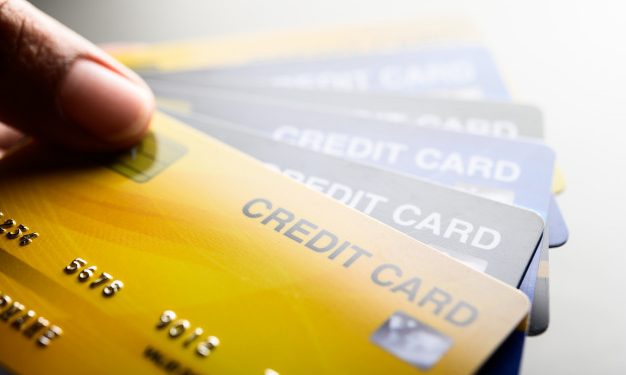Credit card accounting may lack the panache of credit card marketing, exciting technologies, or operations, but it protects assets, investors, and revenue. The accounting function keeps the lights on for credit cards by settling the flow of cash.
Usually, the function operates quietly and prudently, but when the global economy begins to fail, accountants are rock stars.
Here is an issue that is more serious than it may seem, as the WSJ reports. But first, some background:
Since the recession, regulators across the globe have worked towards tightening credit loss recognition standards to ensure that adequate reserves are available for credit losses. Banks don’t just lend money; they need to collect it to satisfy stockholders and reinvest.
An underlying issue in credit card accounting is that your portfolio will be subject to bad debt at some degree or another. The sweet spot in the industry, anywhere in the world, is that you will lose 3.5-4.5% of your receivable to bad debt. Losses above that signal a potential issue; losses below that mean the card business is probably not lending as aggressively than it could. During the Great Recession, even the best banks in the world exceeded 10% loss rates.
With the 3.5%-4.5% loss standard, you can operate the business well on an interest rate margin of about 12%. That is why regulators focus on loan losses and ensure banks reserve money against ensuing losses.
Regulators require that you reserve against those potential losses. This means that rather than realizing the loss when it happens, the credit card business must squirrel away the funds for upcoming charge-offs by building a bad-debt reserve account. This way, banks will have cash on hand to fund the loss when the event occurs.
The United States follows its own rules under Generally Accepted Accounting Procedures (GAAP), while most of the world follows International Financial Reporting Standards (IFRS). There are nuances between GAAP accounting and IFRS, but for now, let’s use Investopedia’s simple explanation: the primary difference between the two systems is that GAAP is rules-based, and IFRS is principles-based.
The U.S market recently introduced Current Expected Credit Loss (CECL) requirements to tighten loan loss accounting, while the IFRS world introduced IFRS 9 with the same spirit. Instead of requiring credit card issuers to account for losses as they occur, credit card issuers must project those losses in advance of aging. (See here for Mercator’s Viewpoint on CECL).
As an example, Chase, a traditionally conservative player when it comes to credit card accounting, increased overall credit losses by $5.7 billion in 1Q20. The move was sharp and prudent.
Banking regulators in Europe Friday said they’ll be flexible about how lenders account for loans turning sour due to the coronavirus crisis, to protect banks from burning through capital because of delayed loan repayments.
The move is a relief for lenders, who, for days, have been lobbying regulators to ease how they recognize potential losses on a new crop of unpaid loans. The Bank of England and the European Central Bank indicated banks should consider the virus a temporary shock and take government support measures into account when marking their loan books, rather than taking a worst-case view of its impact.
Banks and governments across Europe have announced relief packages for hard-hit households and businesses, allowing them to defer debt payments for a few months. Some countries, starting with Italy, have imposed a moratorium on certain payment obligations, particularly for mortgage owners and small companies, to ease a liquidity crunch they may be facing.
The measures Friday relate to an accounting rule used in Europe called IFRS 9, under which banks take loan impairments in stages depending on changes in expected losses or default. Those expectations are modeled using various inputs, including the economic outlook.
Here’s the takeaway. Regulators are now beginning to push back from rigorous accounting standards, which were intended to protect against the shock of a recession. Now that the economy is turning, banks will be running on thinner loss reserves, and if pushed into following CECL or IFRS 9, will not have the capital to do “payment holidays” or loan loss deferrals.
The credit card accounting function may not be as flashy as marketing or new technology, but it keeps the lights on in the business. At least banks ready for CECL or IFRS 9 have wiggle room.
Overview by Brian Riley, Director, Credit Advisory Service at Mercator Advisory Group











